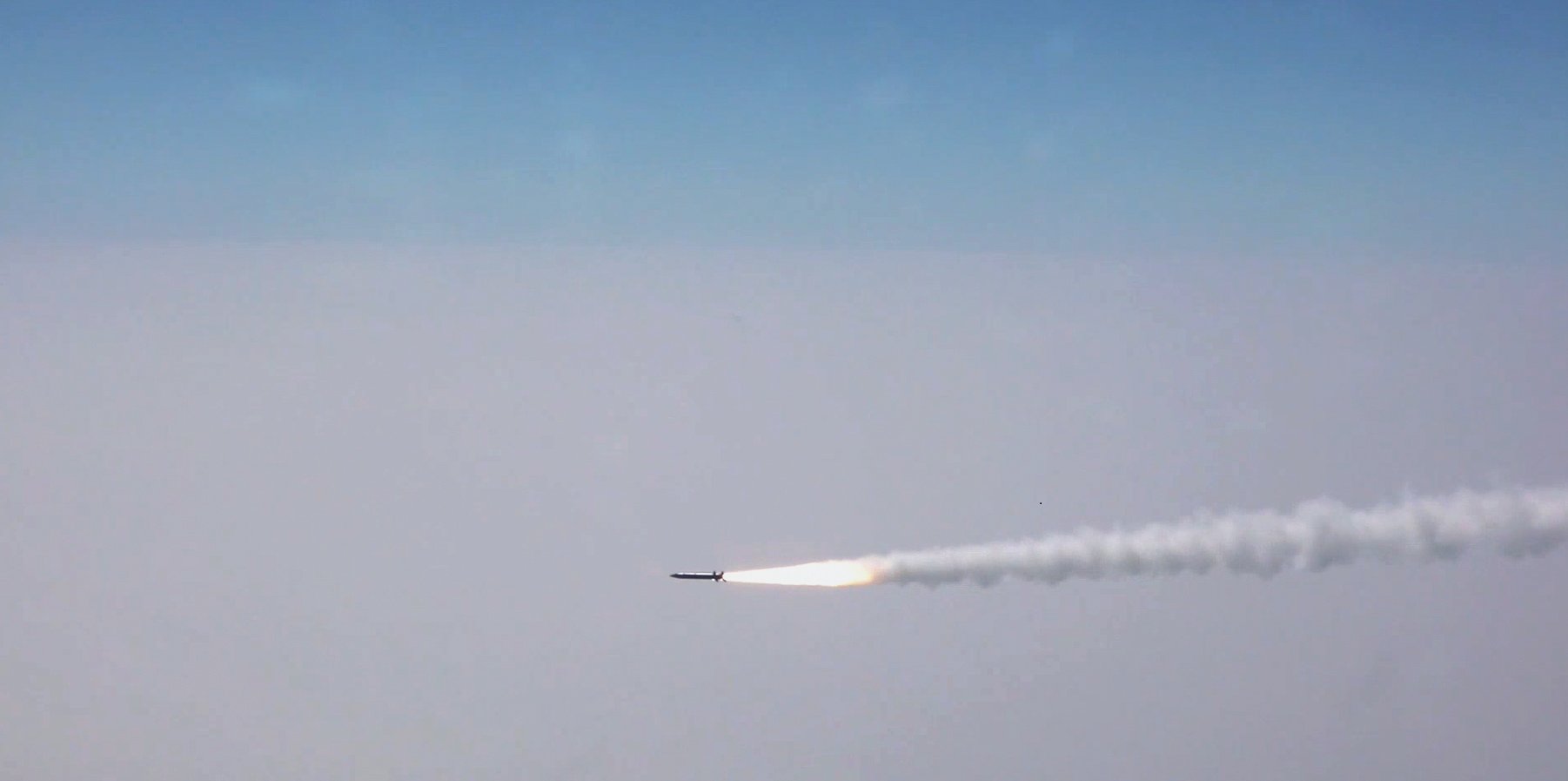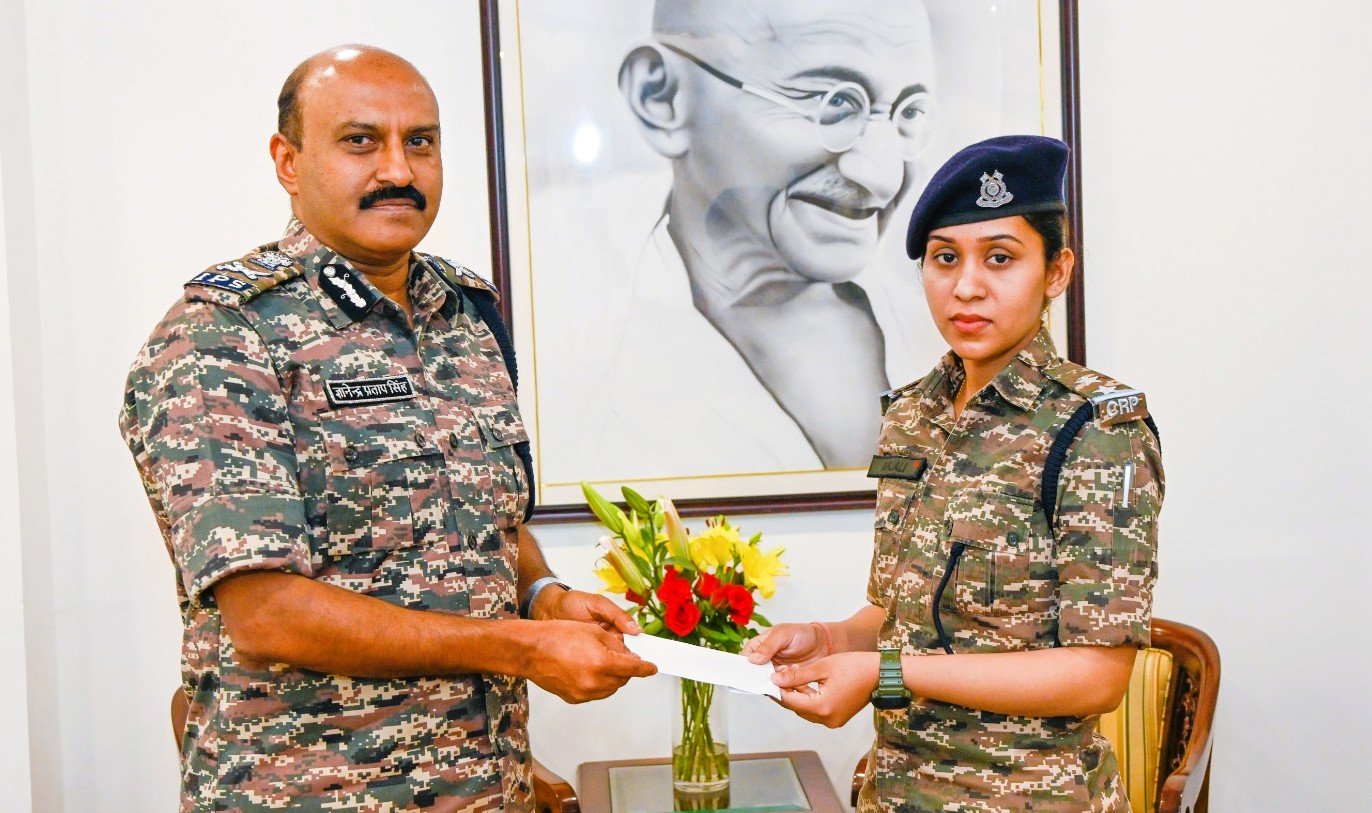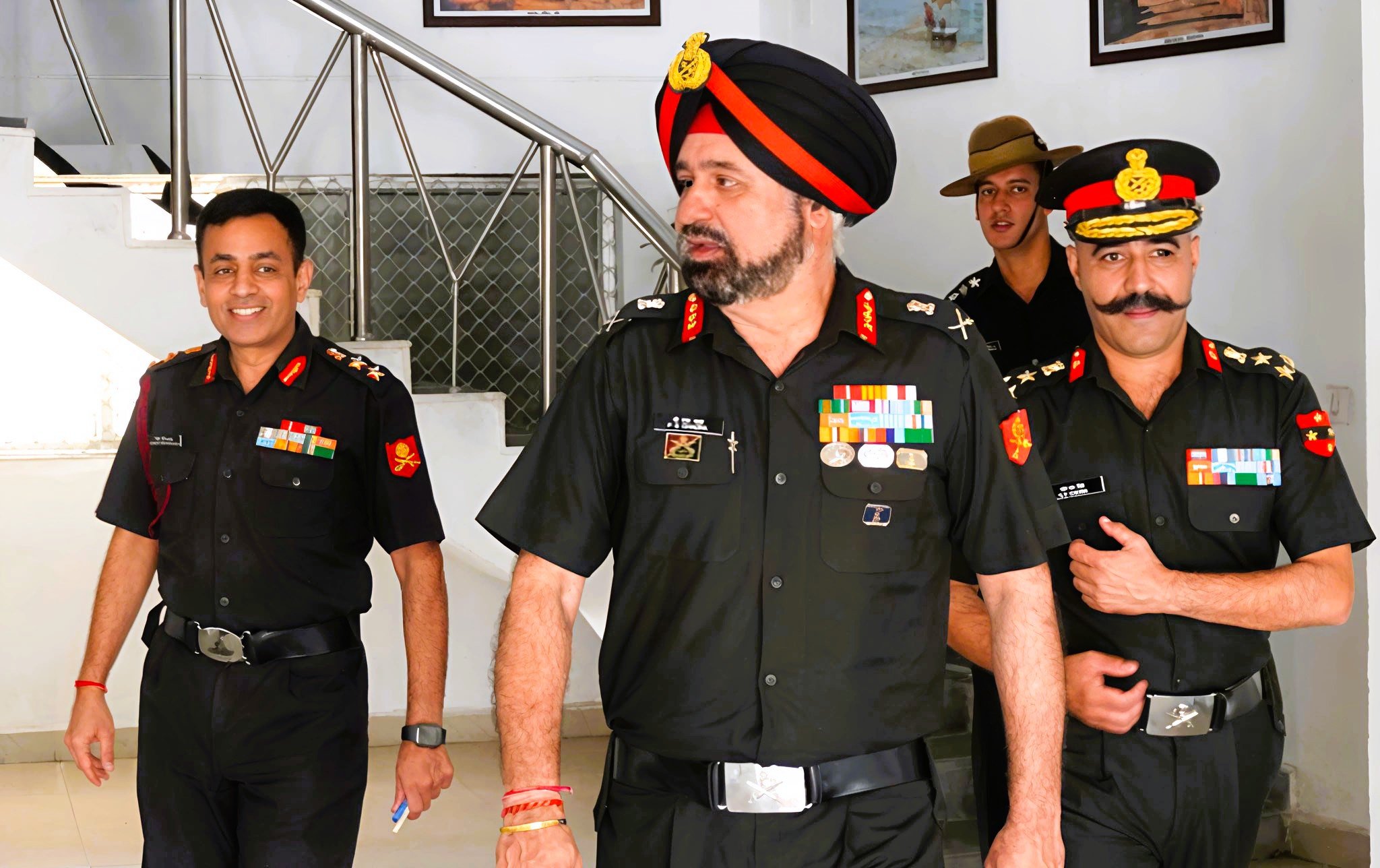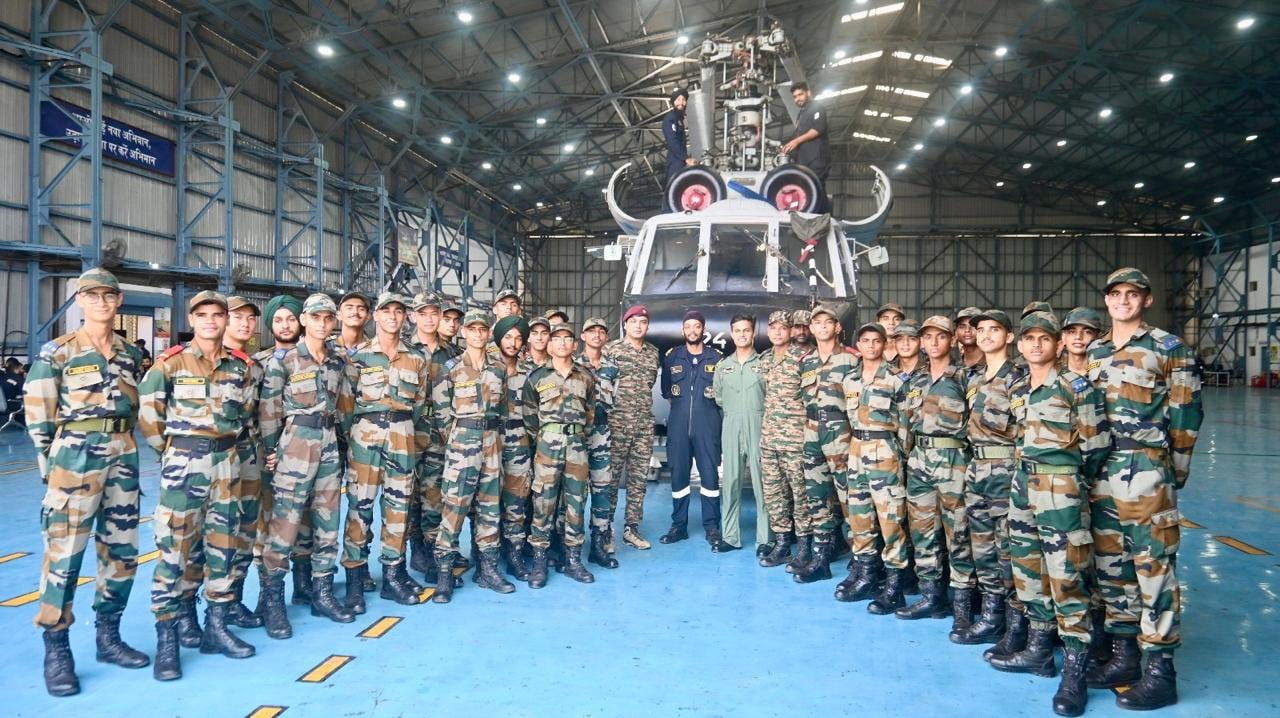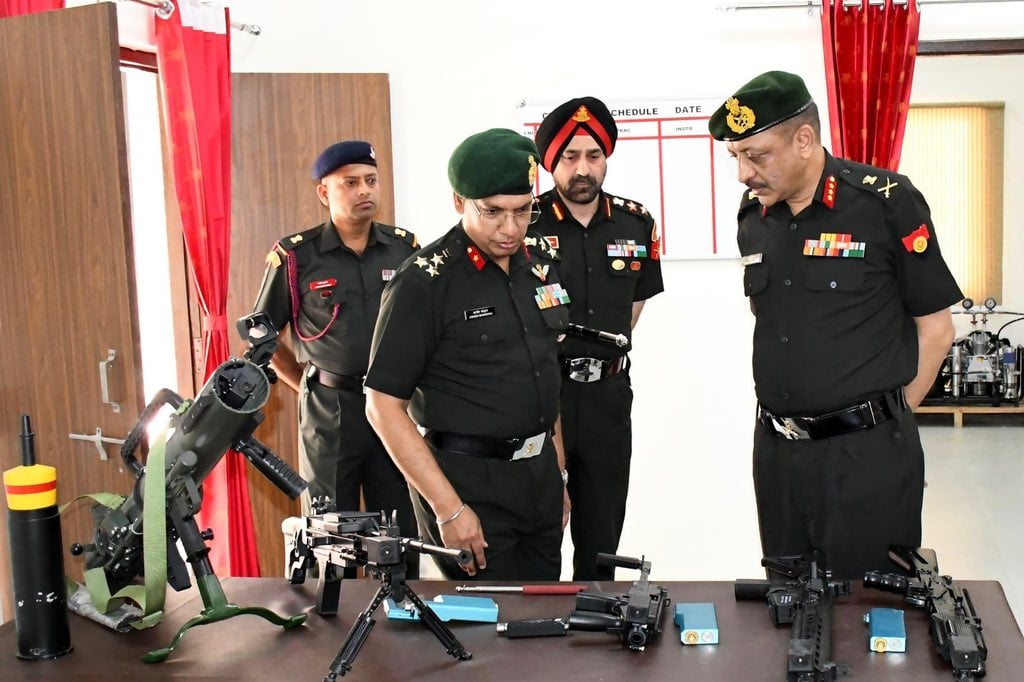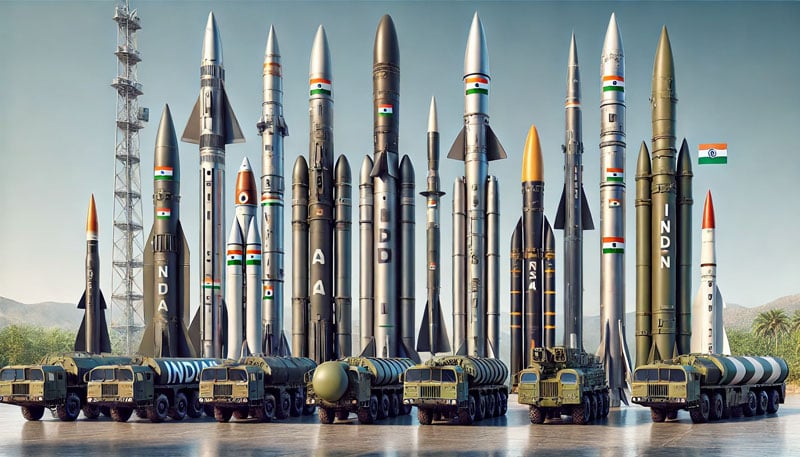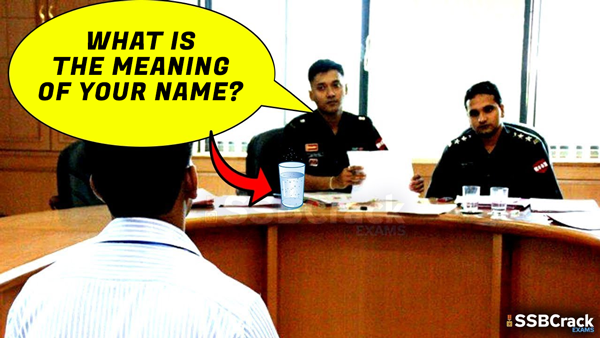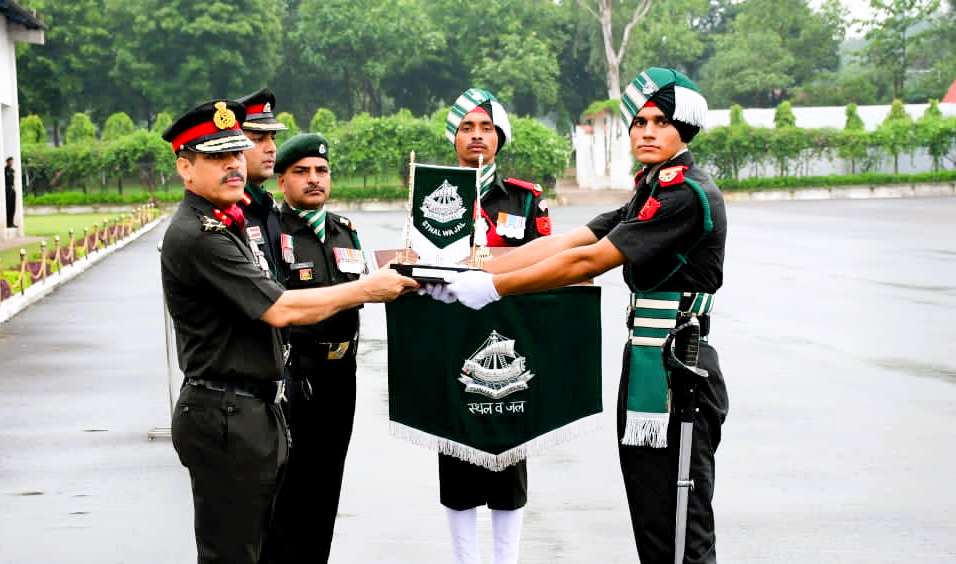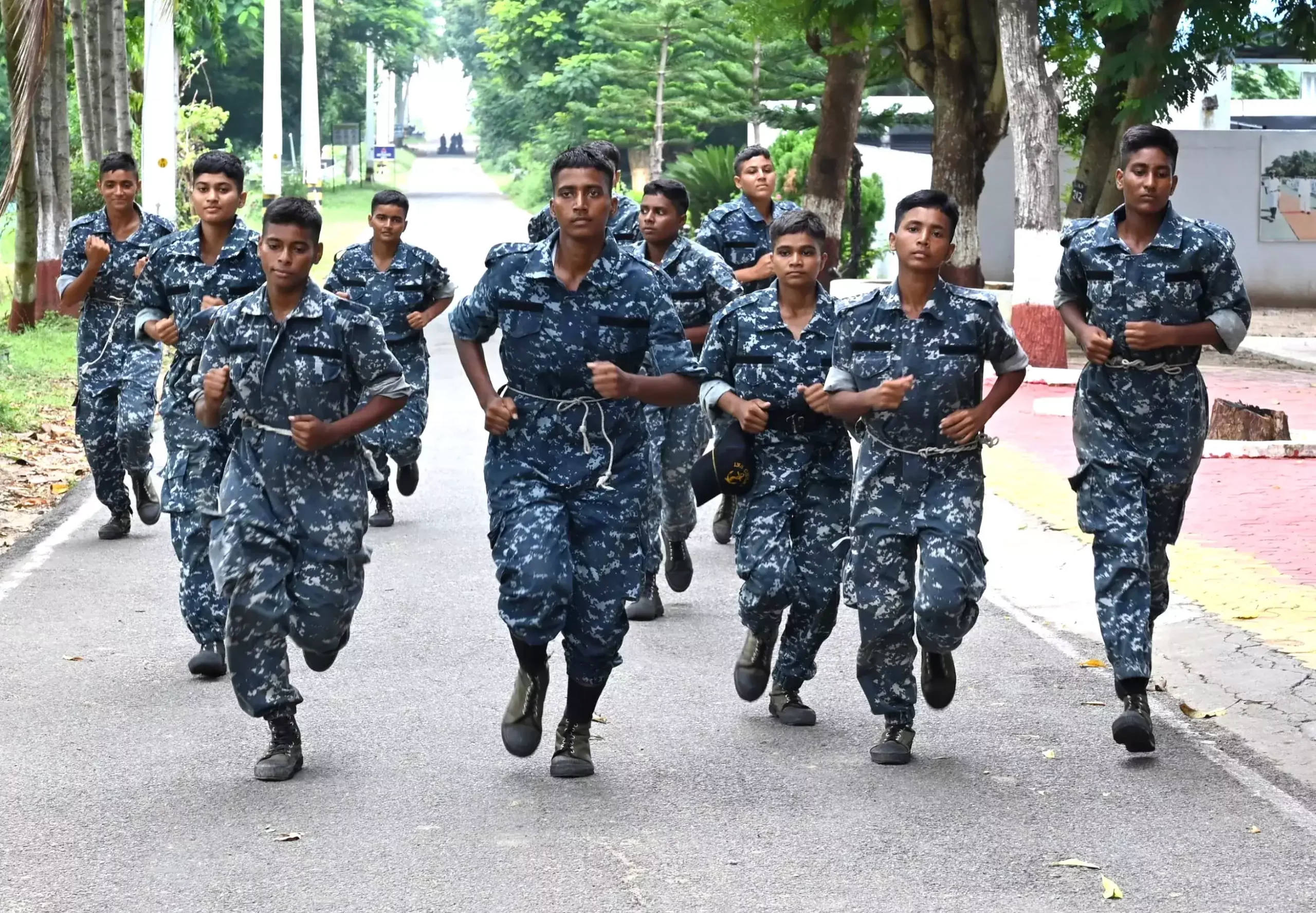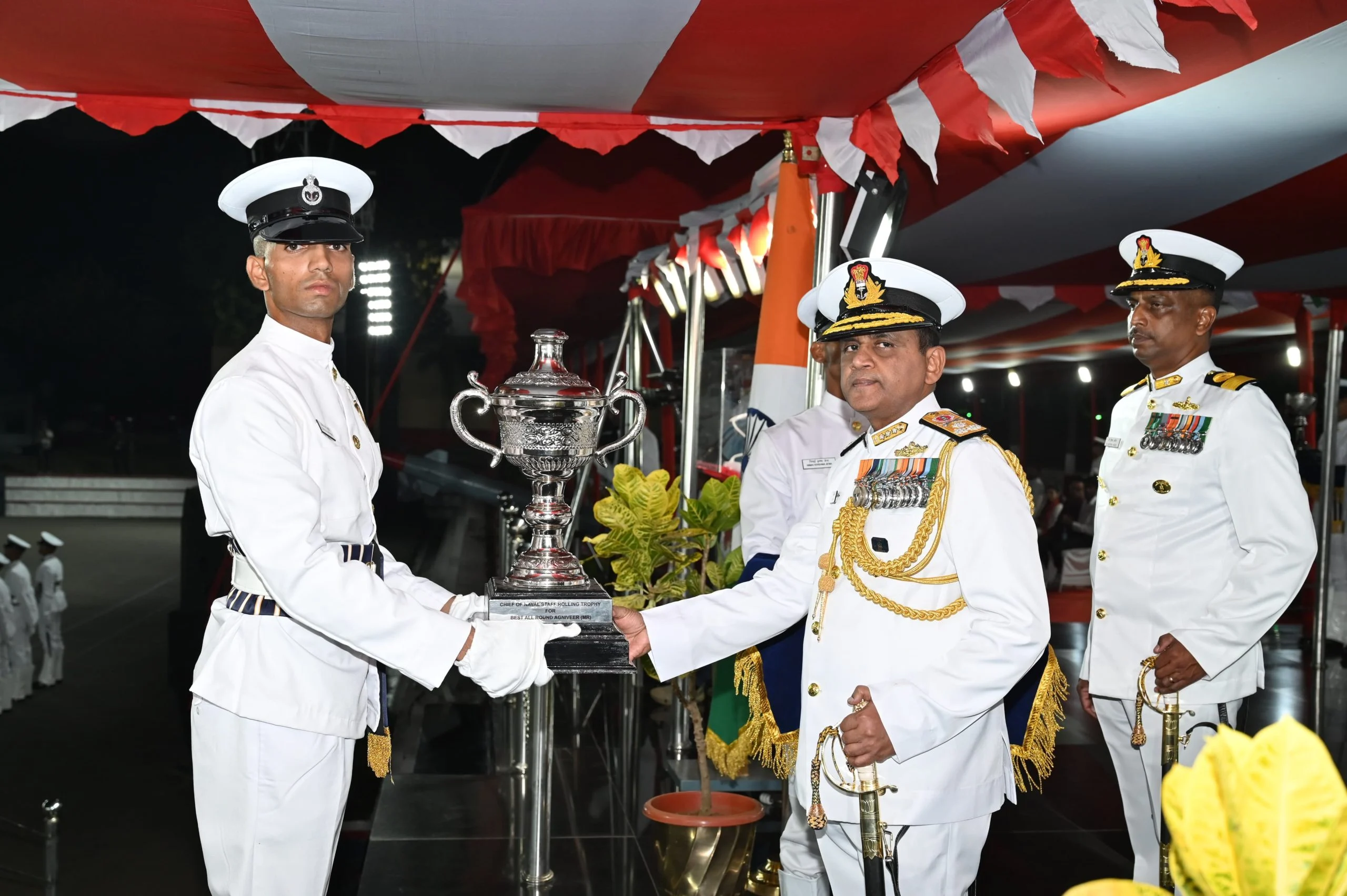The Defence Research & Development Organisation (DRDO) achieved a significant milestone with the successful flight-test of the RudraM-II air-to-surface missile. The test was conducted from an Su-30 MK-I aircraft of the Indian Air Force (IAF) off the coast of Odisha at approximately 1130 hours on May 29, 2024.
This successful trial validated the missile’s propulsion system and control and guidance algorithm, marking a major advancement in India’s indigenous missile development capabilities.
The flight-test of RudraM-II met all predetermined trial objectives, showcasing the missile’s capabilities and performance. The test validated several critical components of the missile system, including the propulsion mechanism and the sophisticated control and guidance algorithms designed to ensure accurate targeting and effective neutralization of enemy assets.
The missile’s performance was meticulously tracked and validated using a range of advanced tracking instruments. Electro-optical systems, radar, and telemetry stations deployed by the Integrated Test Range (ITR) in Chandipur and various other locations, including an on-board ship, captured the flight data.
This comprehensive tracking and data collection ensured a detailed analysis of the missile’s flight behavior and overall performance.
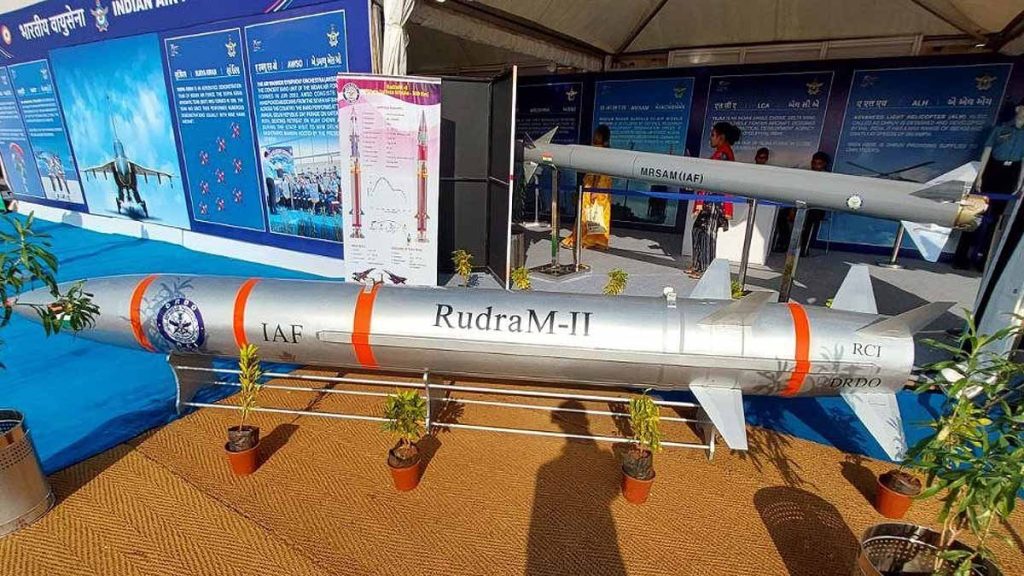
RudraM-II is an indigenously developed solid-propelled air-launched missile system designed for air-to-surface roles, capable of neutralizing a wide range of enemy assets. The missile incorporates a number of state-of-the-art technologies developed by various DRDO laboratories, reflecting India’s growing self-reliance in defense technology.
Following the successful test, Raksha Mantri Shri Rajnath Singh congratulated DRDO, the IAF, and the industry partners involved in the project. He emphasized the significance of the successful test, noting that the RudraM-II system will act as a force multiplier for the Armed Forces, enhancing their operational capabilities and strategic reach.
Shri Rajnath Singh stated, “The successful test has consolidated the role of the RudraM-II system as a force multiplier to the Armed Forces.” His message underscores the critical role that advanced missile systems like RudraM-II play in modern military strategy and national defense.
Dr. Samir V Kamat, Secretary of the Department of Defence R&D and Chairman of DRDO, also extended his compliments to the DRDO team. He praised their untiring efforts and contributions, which culminated in the successful flight test of RudraM-II. “This successful flight test is a testament to the dedication and expertise of our scientists and engineers,” Dr. Kamat remarked, highlighting the collaborative efforts that drove the project’s success.
The successful flight-test of RudraM-II represents a significant leap forward in India’s defense capabilities. As an indigenously developed missile system, RudraM-II not only enhances the IAF’s operational flexibility but also underscores the progress India has made towards achieving self-reliance in defense technology.
The missile’s ability to accurately and effectively neutralize enemy assets strengthens India’s strategic deterrence and defense posture.
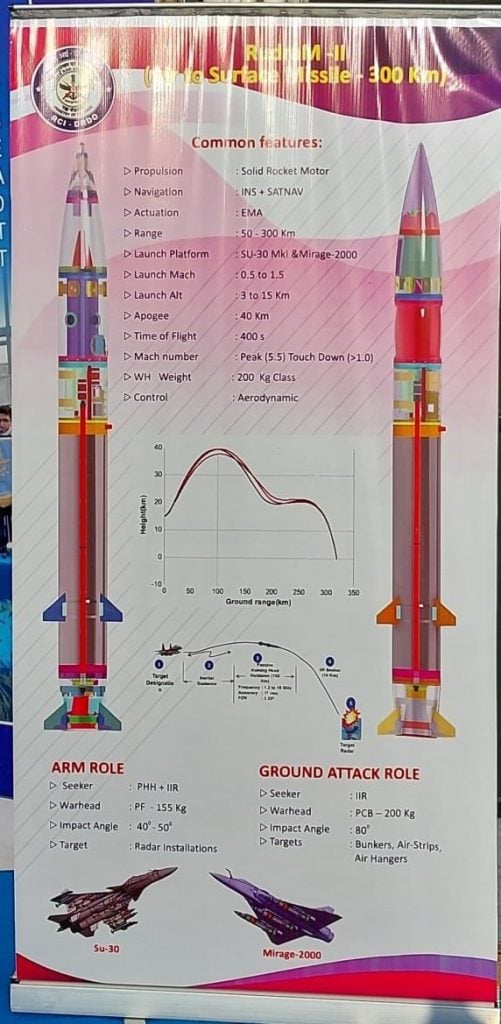
The RudraM-II missile system’s successful validation paves the way for its induction into the Indian Armed Forces. It also sets the stage for further advancements in missile technology and defense systems development.
The collaborative efforts between DRDO, the IAF, and industry partners continue to drive innovation and excellence in India’s defense sector.
In conclusion, the successful flight-test of RudraM-II is a significant achievement for DRDO and the Indian defense ecosystem. It highlights the capabilities of India’s indigenous defense technologies and reaffirms the nation’s commitment to enhancing its strategic defense capabilities through innovation and self-reliance.

